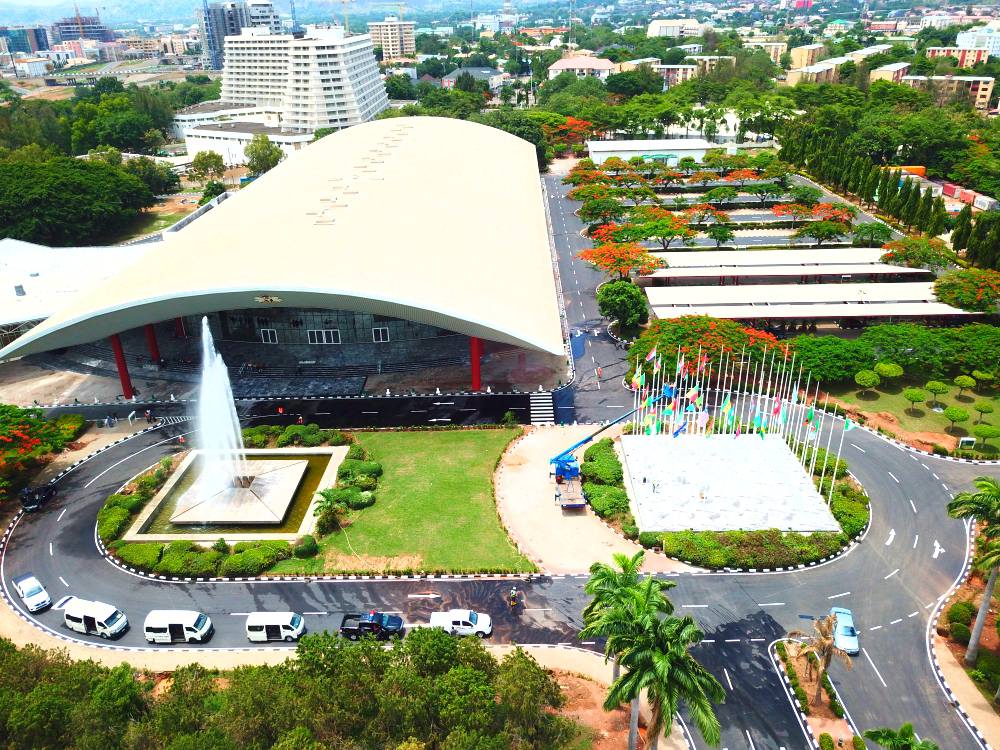Study identifies key competencies for implementing sensing technologies in construction
A new study by a PhD Researcher at Myers-Lawson School of Construction, Virginia Tech, USA, Abiola Adegoke, has raised hope for better effective technological delivery in the construction industry.
The study, titled Mapping the Competences for Implementing Sensing Technologies in the Construction Industry through Technology-Organisation-Environment Framework, was presented at the Conference of Frontiers in Education recently held in Washington DC. It offers a comprehensive exploration of the knowledge, skills, and abilities essential for successfully implementing smart sensing technologies such as radiofrequency identification systems (RFID), global positioning systems (GPS), laser scanners, cameras, and drones within the construction industry.
As digital tools increasingly reshape construction practices to boost productivity, safety, and quality control, Adegoke’s work provides a timely and strategic framework for bridging the gap between innovation and workforce capability.
Its originality lies in its interdisciplinary synthesis and its innovative application of the Technology-Organisation-Environment (TOE) framework, traditionally used in information systems, to the unique challenges of construction engineering and management.
While previous studies have highlighted individual technologies, Adegoke moves beyond technical descriptions and case-based analyses to deliver a holistic, competency-based framework tailored specifically for the construction sector.
Central to the study is the identification of 19 knowledge areas, eight core skills, and 12 critical abilities required to manage sensing technologies effectively.
According to Adegoke, the competencies are not generic as they are deeply contextualised to construction’s fragmented workflows, reliance on subcontractors, resistance to change, and the need for real-time, on-site data interpretation.
By applying the TOE model encompassing technological, organisational, and environmental dimensions, the research uncovers how external pressures, internal structures, and evolving technologies influence digital adoption.
More importantly, it translates the abstract elements into concrete, measurable human capabilities, offering construction firms a diagnostic and strategic tool to guide digital transformation efforts. Adegoke emphasises that effective technology adoption is not solely about introducing new tools:
“To fully leverage the benefits of smart sensing tools, we must ensure that workers are not only familiar with the technologies but are trained to apply them effectively within real-world site conditions,” Adegoke says, adding that this perspective marks a paradigm shift from a tool-centred to a capability-centred understanding of innovation.
According to him, the study provides an actionable competency map that enables companies to assess their digital readiness, identify gaps, and structure targeted training and workforce development initiatives. The practical implications of this research are far-reaching.
He says: “For construction firms, the study offers a structured method to evaluate internal strengths and weaknesses, make informed investments in workforce development, and establish performance benchmarks. These insights are especially critical in an industry often limited by tight budgets, unpredictable project schedules, and a traditionally cautious stance toward innovation.”
For educational institutions and training providers, the framework serves as a foundation for designing new curricula that align with the real-world needs of the construction sector. By focusing on the specific competencies identified in the study, universities and training programmes can better prepare the next generation of construction managers and engineers to lead in a technology-integrated environment.
Additionally, for policymakers and professional associations, Adegoke’s work offers valuable guidance in crafting competency-based certification programmes, digital inclusion strategies, and standards for technology adoption at both national and regional levels.
“Given the construction sector’s critical role in infrastructure, housing, and economic development, the societal implications of advancing digital competency in this field are considerable. From a theoretical perspective, the study significantly advances scholarly understanding by showing how the Toe framework can be adapted and operationalised within complex, project-based sectors like construction. This adaptation not only enriches the TOE framework itself but also opens new avenues for applying it in other industries characterised by decentralised operations and multidisciplinary coordination,” the expert notes.
The study’s transformative potential lies in its ability to shift the narrative within construction engineering and management. It redefines innovation as a function of workforce capability, rather than just technological access, and offers a sustainable, scalable strategy for digital integration. As the construction sector continues to evolve toward automation and data-driven operations, Adegoke’s research stands as a critical advancement, equipping the industry with the human infrastructure needed to embrace the future.











